Project
DESIGN FOR RECYCLING
A second year Industrial Design Engineering project at the TU Delft
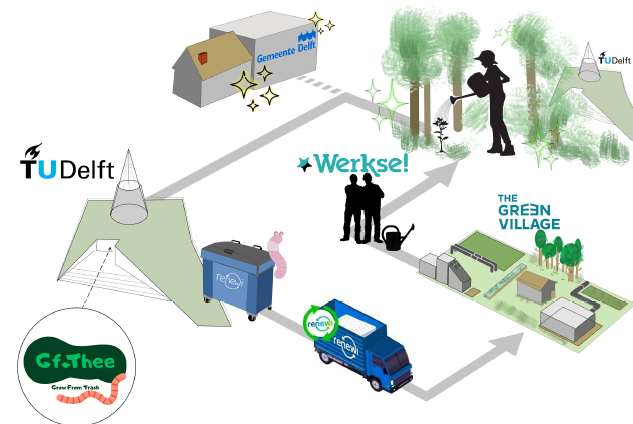
Project GFThee
In this project, my team and I designed an innovative system to efficiently separate organic waste (GFT) on the TU Delft campus and convert it into worm compost and worm tea. The system, named GFThee, offers a sustainable solution to the current waste problem and encourages behavioral change among users. Through technology and collaboration with various stakeholders such as the city of Delft and Appèl, we aimed to create a circular and greener campus.
The process
Our project, GFThee, started with a bold idea: turning GFT waste on the TU Delft campus into valuable worm compost and tea, while inspiring students and staff to adopt sustainable waste practices. Through design thinking and collaboration with stakeholders like Appèl and the city of Delft, we tackled the challenges of waste separation and user engagement.
We didn’t just create a bin; we developed a system that combines technology, education, and sustainability. From prototyping interactive displays to ensuring easy composting with minimal user effort, all based on endless feedback sessions.
Testing and iterating allowed us to refine the concept and bring it closer to a fully operational solution for the campus. The result? A functional, user-friendly product that not only solves a waste problem but also encourages a green mindset at the TU Delft.
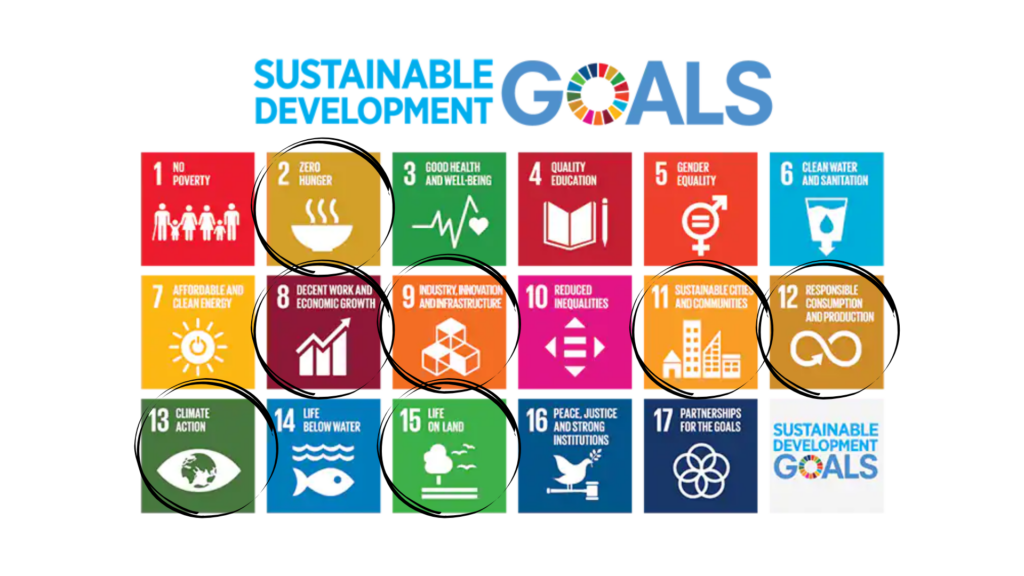
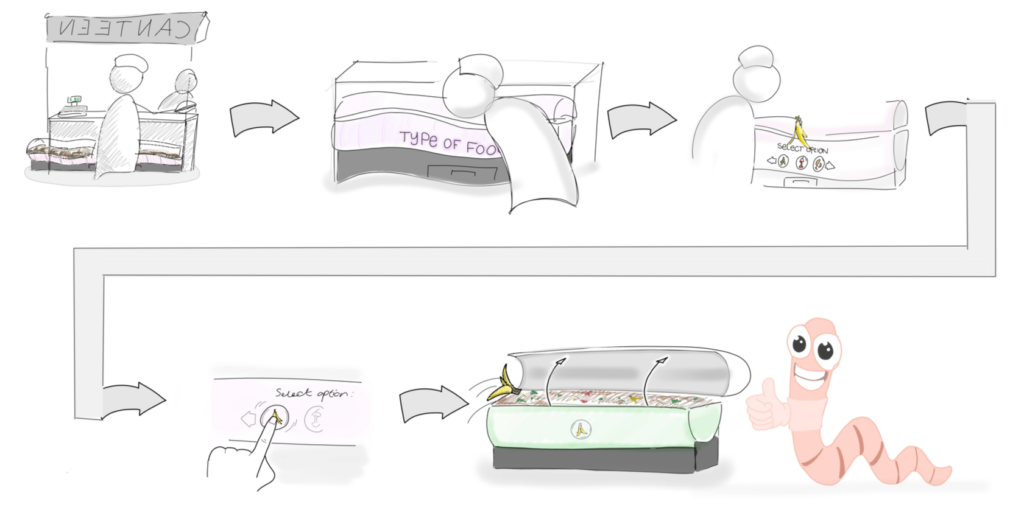
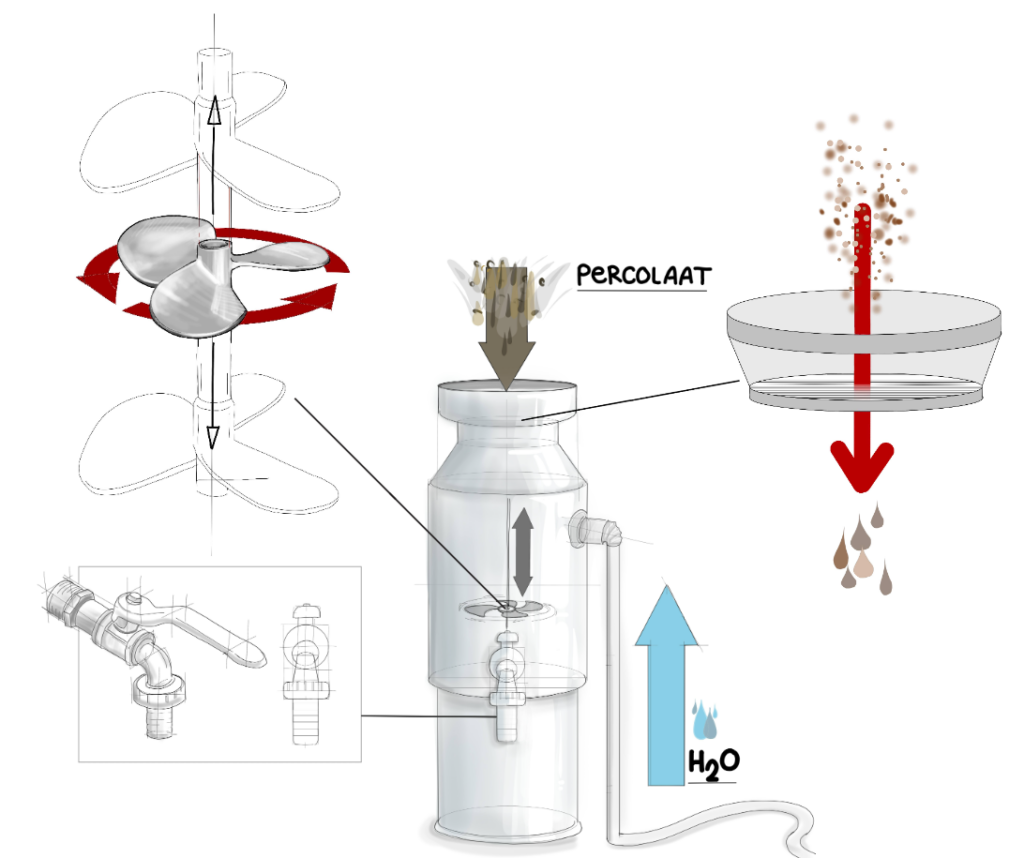
What
Did
I
Learn?
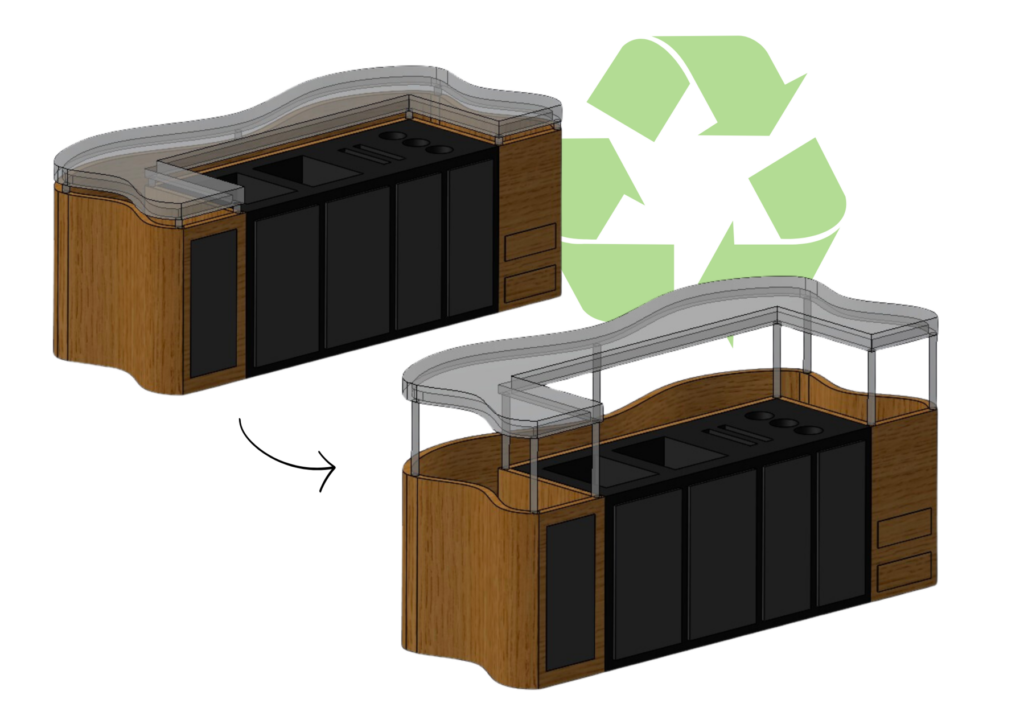
Collaberation with stakeholders
Working with different groups, such as tech experts, the city municipality , and catering companies, taught me the value of listening to others and designing for their needs. I learned how to balance my ideas with theirs, which helped us work together more effectively and achieve the results we wanted.
System thinking
Working with a systems perspective showed me how different parts of a system are connected and affect each other. It was important to take the time to fully understand the problem before jumping to solutions. This approach helped me think about not just the product, but in this case also its environmental and social impact.
Iterative feedback and design
Throughout the design process, testing and using feedback was crucial. The trial-and-error approach taught me how prototypes evolve and improve, and how being flexible is key to making better decisions. This experience highlighted the importance of how to respond to changes in the design circumstances.